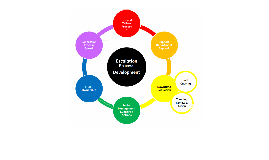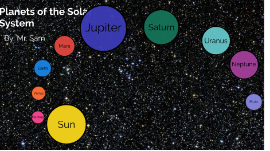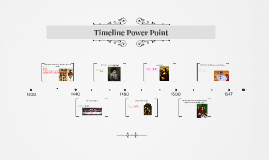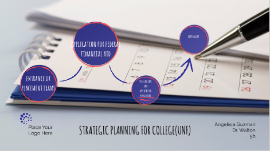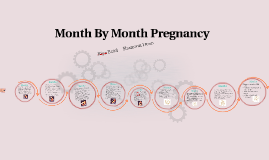Timeline Powerpoint
Transcript: Month 7 Month 4 This presentation shows what happens when a fertilized egg begins to form into a baby. In order for an egg to become fertilized, sperm must penetrate the egg. It takes about 24 hours for a sperm cell to fertilize an egg. When the sperm penetrates the egg, the surface of the egg changes so that no other sperm can enter. Then the baby forms in the uterus for 9 months. Take a look to see how the baby develops during these months. Month 9 Month 6 Baby looks like it will at birth, only skinnier May begin to recognize mother and fathers voice Weighs 3 pounds 2 ounces, measures 10.8 inches Should move 10 times in 2 hours, any less should be reported to a doctor Baby should urinate several times a day Month 3 The baby has full arms, hands,fingers, feet, toes and can open and close its fists and mouths. Fingernails and toenails are beginning to form and external ears are formed. The beginnings of teeth are forming. The baby's reproductive organs also develop, but the baby's gender is difficult to distinguish on ultrasound. The circulatory and urinary systems are working and the liver produces bile. At the end of the third month, the baby is about 7.6 -10 cm (3-4 inches) long and weighs about 28g (1 ounce). The baby's eyelids, eyebrows, eyelashes, nails, and hair are formed, and teeth and bones are becoming denser. The baby can even suck his or her thumb, yawn, stretch, and make faces. The nervous system is starting to function at this point in pregnancy. The reproductive organs and genitalia are now fully developed, and you can see on ultrasound if you are having a boy or a girl. Your baby's heartbeat may now be audible through a Doppler By the end the baby weighs 4 ounces and is 6 in long. Eyelashes, eyebrows, and hair form Spends most of the time sleeping and is able to reach REM sleep Most babies will reach its finial position for delivery should weigh about 5 pounds 5 ounces but will gain 8-12 ounces each week about 12.5 inches long The senses are developing, so it can now taste and touch. Touch may be experimented through thumb-sucking Reproductive organs form Movements of the hands, arms, and legs Breathing of oxygen starts Weighs a little over a pound Premature labor may occur with survival under severe medical attention Month 8 Month 1 Month 5 Hair is beginning to grow on your baby's head, and lanugo, a soft fine hair, covers his or her shoulders, back, and temples. The skin is covered with a whitish coating called vernix caseosa, to protect the skin from the amniotic fluid exposure. You may be able to feel the baby move since he or she has started to exercise her/his muscles. By the end of this month, the baby is 10 in long and weighs from 1 to 1/2 pounds. The amniotic sac forms around the eggs Placenta is also developed by this month to provide nutrition for the baby. A primitive face is formed with dark circles for eyes. The lower jaw and throat are developing Blood cells are developing. By the end of the month the baby is 6-7 mm long Facial features begin to develop. Each ear begins with a little fold of skin. Tiny buds which will eventually grow into legs and arms. Fingers, toes and eyes will also start forming. The neural tube is well formed. The digestive tract and sensory organs start forming Bone replaces cartilage. The embryo starts moving but you can't feel it. By the end of the month the baby is now a fetus, and about 1 in long, weighing about 9.45g. Riya Patel Shannon Dean Month 2 Baby is considered full-term continues to grow half an ounce a day around 13.4 inches in length produces first bowl movement Month By Month Pregnancy The 9 Months of Pregnancy






